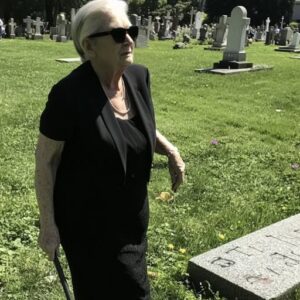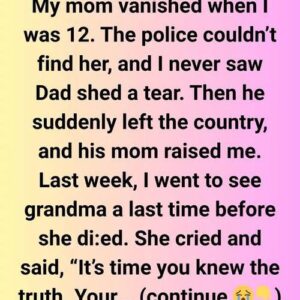Rachel laid out her theory with calm conviction. “It’s not just metastatic spread,” she said, pointing to highlighted patterns in Mr. Hamilton’s vitals she’d copied onto a wrinkled sheet of paper. “His blood sugar levels are erratic, but not diabetic. His eyes… yellowing too fast. And the tremors—they’re rhythmic. Consistent. Not cancer-related.”
The room leaned in.
“I believe he has Wilson’s disease. It mimics late-stage cancer symptoms. It’s rare. But… treatable.”
A beat of silence.
Then Dr. Roberts stood. “Run the tests. Now.”
Two hours later, the labs confirmed it.
Wilson’s.
Treatable.
Mr. Hamilton didn’t need hospice.
He needed hope.
The board was stunned. One by one, they approached her—offering handshakes, apologies, even job offers. But Rachel just nodded and excused herself.
She had floors to mop.
Later, as she walked the quiet hallway, a nurse caught up with her. “You changed his life.”
Rachel smiled, tired. “Maybe. But I just did what anyone should. I looked closer.”
Because heroes don’t always wear stethoscopes.
Sometimes… they carry a mop.
And sometimes… they save lives anyway.




